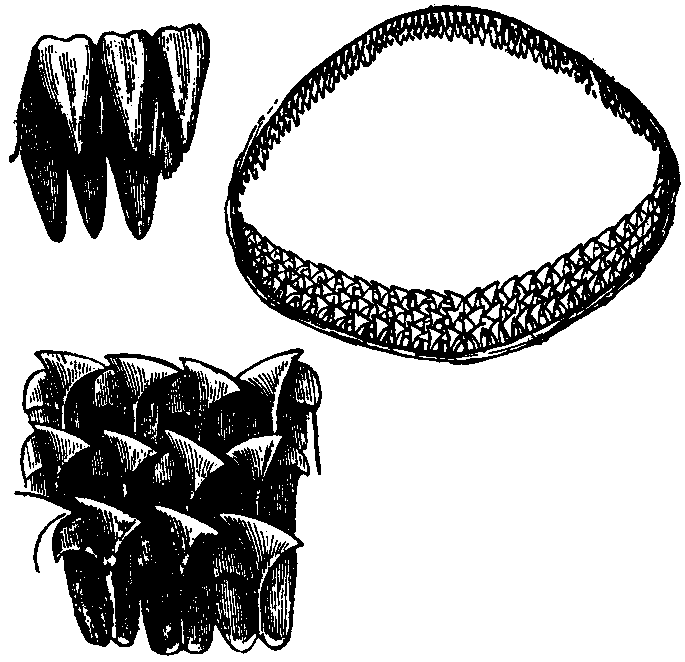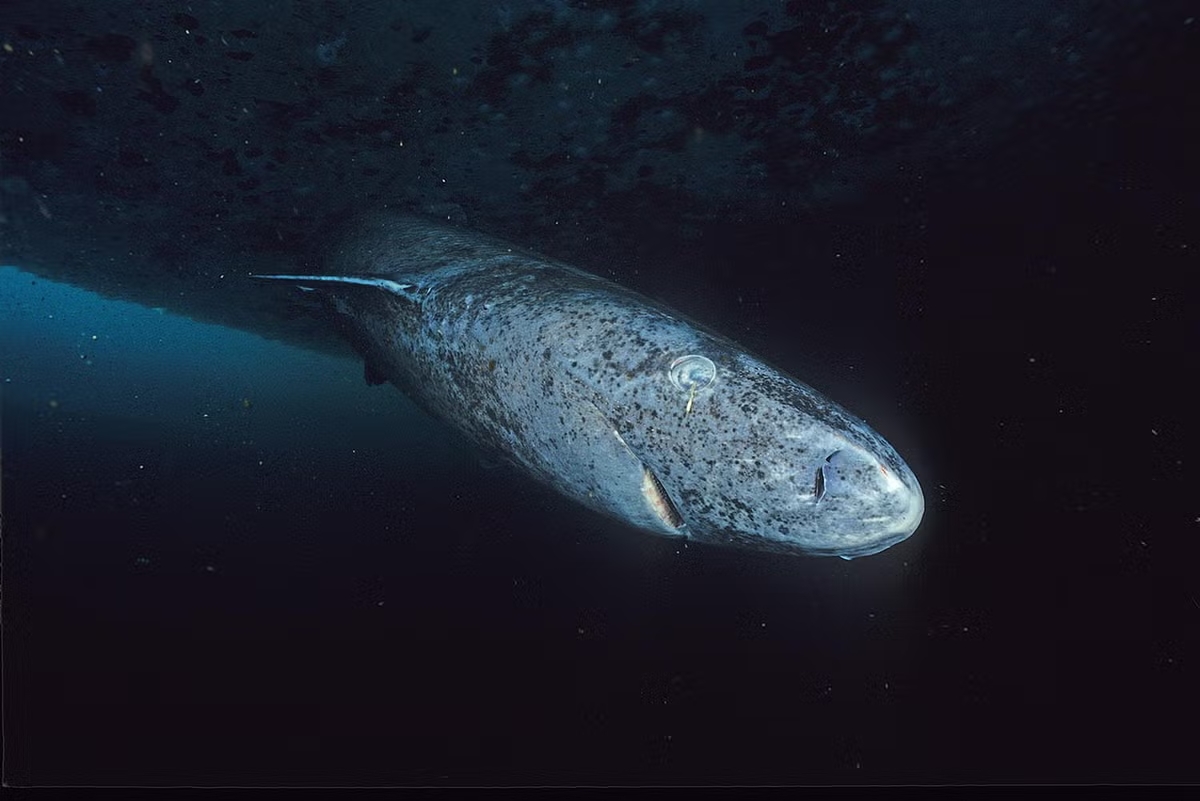In the vast and mysterious world of the oceans, some creatures defy time, serving as silent witnesses to centuries of history. Among them, the Greenland shark (Somniosus microcephalus) stands out as the longest-living vertebrate known, with an estimated lifespan of up to 400 years. But what is the secret behind this incredible longevity? A recent international research project, involving scientists from Germany, Denmark, Italy, and the United States, may have found the answer: the genome of this enigmatic deep-sea dweller.
A Remarkable Genome
For the first time, the research team has sequenced the entire genome of the Greenland shark, revealing unique genetic characteristics that may explain its ability to live for centuries. This genome is massive: with 6.5 billion base pairs, it is twice the size of the human genome. One of the most surprising discoveries concerns the presence of numerous transposable elements, also known as "jumping genes." While these elements can be harmful in many species, in the Greenland shark, they appear to play a beneficial role, contributing to DNA stability and repair.

The dentition of a Greenland shark - Wikipedia
The Role of the p53 Gene in Longevity
One of the most intriguing aspects of the study involves the p53 gene, well known for its role in tumor suppression. In the genome of the Greenland shark, scientists have identified a unique variation in this gene, which may be directly linked to its exceptional DNA repair capabilities. This discovery opens new perspectives in aging research, not only in sharks but also in other vertebrates, including humans.
Anatomy and Physical Characteristics
The Greenland shark is one of the largest carnivorous sharks, reaching lengths of over 6 meters (20 feet) and weighing up to 1,000 kg (2,200 lbs). Its skin is thick and covered with rough dermal denticles, which protect it from parasites and reduce water resistance. It has small eyes, often infested by a bioluminescent parasite (Ommatokoita elongata), which can impair its vision. However, the Greenland shark primarily relies on other senses, such as smell and vibration detection, to locate prey.
Diet and Lifestyle
This shark is an opportunistic predator and an efficient scavenger. It feeds on a wide range of marine animals, including fish, squid, and the carcasses of large marine mammals such as seals and whales. It is known for its incredible ability to travel long distances at extremely slow speeds, preferring cold, deep waters between 200 and 2,200 meters (650 to 7,200 feet). Due to its slow metabolism, it can survive on a very low energy intake and go for long periods without feeding.
Implications for Science and Medicine
The study of the Greenland shark's genome represents a significant advancement in understanding the genetic mechanisms of aging. The findings could have revolutionary applications in fields such as regenerative medicine and biogerontology. Understanding how these sharks avoid age-related diseases and maintain functionality for centuries could provide crucial insights for developing new anti-aging therapies.
An International Collaboration
This extraordinary scientific breakthrough was made possible by the collaboration of experts from various parts of the world. The participation of Italian researchers highlights the importance of global expertise in tackling the great mysteries of nature. The Greenland shark, with its ancient and resilient DNA, teaches us that the key to longevity may lie in the depths of the ocean.
Sources for Further Reading:
- "The Greenland shark (Somniosus microcephalus) genome provides insights into extreme longevity" – bioRxiv, September 2024.
- "How to Live 400 Years" – Newsportal, Ruhr-Universität Bochum, September 2024.
- "This Shark Can Live For More Than Four Human Lifetimes. Its DNA..." – Popular Mechanics, October 2024.








Leave a Comment